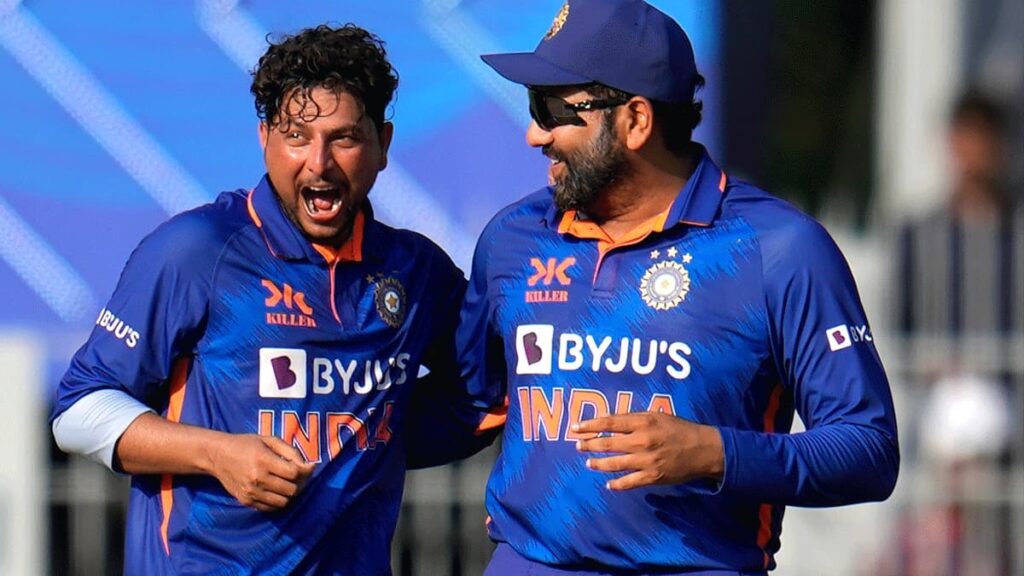
The second ball of the Sri Lanka-South Africa ICC T20 World Cup match played in New York was a sign of things to come. Marco Jansen, who stands at 2.06 m, ushered in a back of a length delivery that reared up awkwardly and smashed Kumal Mendis’ glove.
A few overs later, you scribbled down a few notes about the conditions on view – two-paced deck, with spongy bounce and just enough seam movement. It shouldn’t come as a surprise that in such conditions fast bowler, Anrich Nortje, had a whale of a time against the rattled Sri Lankan batting line-up. He finished with redoubtable figures of 4 for 7 from four overs.
The paceman employed his trademark tactics of pounding the pitch hard on a back of a length, blended with a few offerings on the fuller side. With Jansen and Kagiso Rabada and Ottneil Baartman also in the ranks, South Africa had the right kind of pace-bowling combination, which in turn helped them to snuff out Sri Lanka for a mere 77. In other words, the tall South African bowlers were able to accentuate the variable bounce effect with their high release point.
Basically, the drop-in pitch, which was shifted all the way from Adelaide, could take a bit of time to settle down. So, what does it mean for India’s fixture versus Ireland at the same ground? Considering the pitch that was in place for the opening game, will India also field three specialist seamers plus Hardik Pandya, the seam-bowling all-rounder?
Although the conditions would tempt India to select three frontline seamers, it seems as if the think tank might trust their three-pronged spin attack to do the job. In that case, India could very well end up taking the field with Ravindra Jadeja, Axar Patel and Kuldeep Yadav as the spin options. Arshdeep Singh might just pip Mohammed Siraj as the second seamer: A medley of left-arm angle and swing would bring in some variety. Logically, India should go in with three frontline seamers.
And that brings into the equation one more question. Will the conditions offer any assistance to the spinners? When the track is two-paced and the ball is stopping on the batter enough times, then a spinner, too, can utilise it to his or her advantage. Incidentally, South Africa’s Keshav Maharaj made use of it and bagged a couple of scalps.
This is what Rahul Dravid, the India coach, had to say about the pitch conditions and practice facilities: “I did not watch the match today and we will see the recording. But the score was a bit low. I don’t know what exactly happened. But if that is the case, then you have to fight and score 140 runs.
“It’s a bit strange to practice in a park. Obviously in a World Cup you’d be in a big stadium or you’d traditionally be in a cricket stadium. But you know, we’re practicing in a public park,” he said.
The keynote for the Indian pace bowling unit would be to hit the odd indentation time and again, and allow the pitch to do the rest. The spinners, too, can base their strategy on the same template. Whatever the bowling combination, India clearly have a more balanced line-up than their opponent. Just like always, it comes down to implementing plans.
Tea-ing off with RevSportz: IND vs PAK buildup in NY, India training session updates and more https://t.co/W7Tu1WbdrN
— RevSportz (@RevSportz) June 4, 2024



